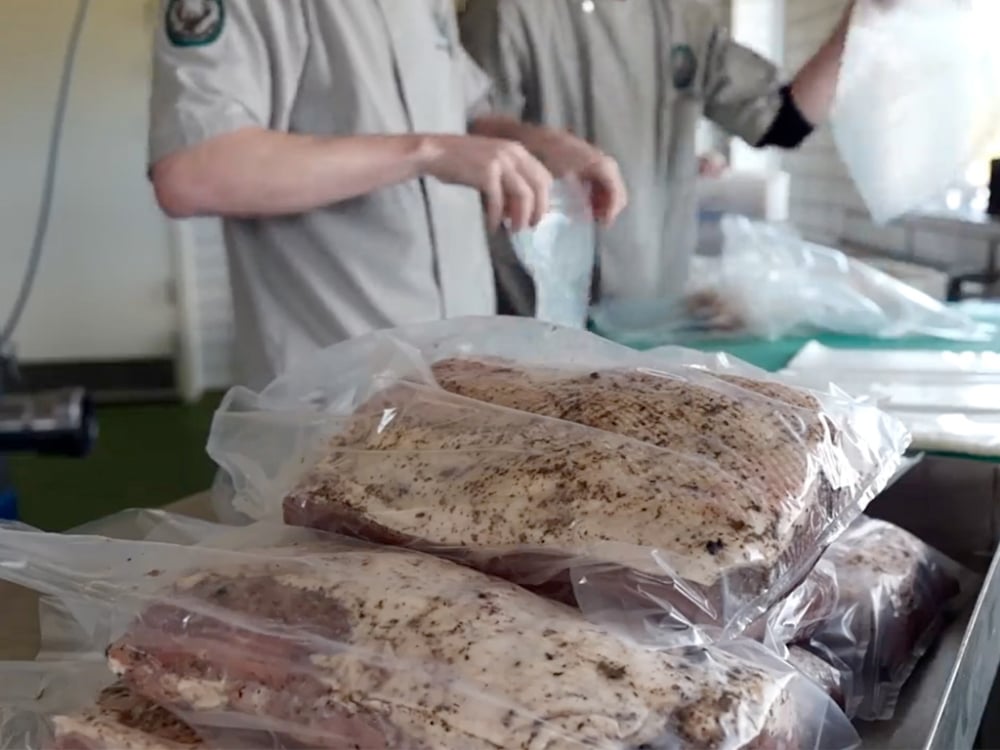Description
Dry Aging History Dry aged beef was the early days norm. Beef carcasses were allowed to hang in a locker for a few weeks after slaughter to become more tender and flavourful. During dry-aging, moisture evaporates from the muscle creating a mature beef flavour. The meat’s natural enzymes break down the fibrous, connective tissue in the muscle thereby tenderizing it.
Today this process requires specialized facilities to maintain modern requirements for food safety and consistent quality.
Tublin® technology allows beef to age and still achieve the same bold, beefy flavour and tender texture as traditional open-air dry aging. Plus it is foodsafe!
- dry aging and maturing meat
- curing prosciutto, pancetta, coppa, speck, bresaola etc.
- salting and drying of fish
- smoking products, i.e. fish / meats
- maturing cheese





Reviews
There are no reviews yet.